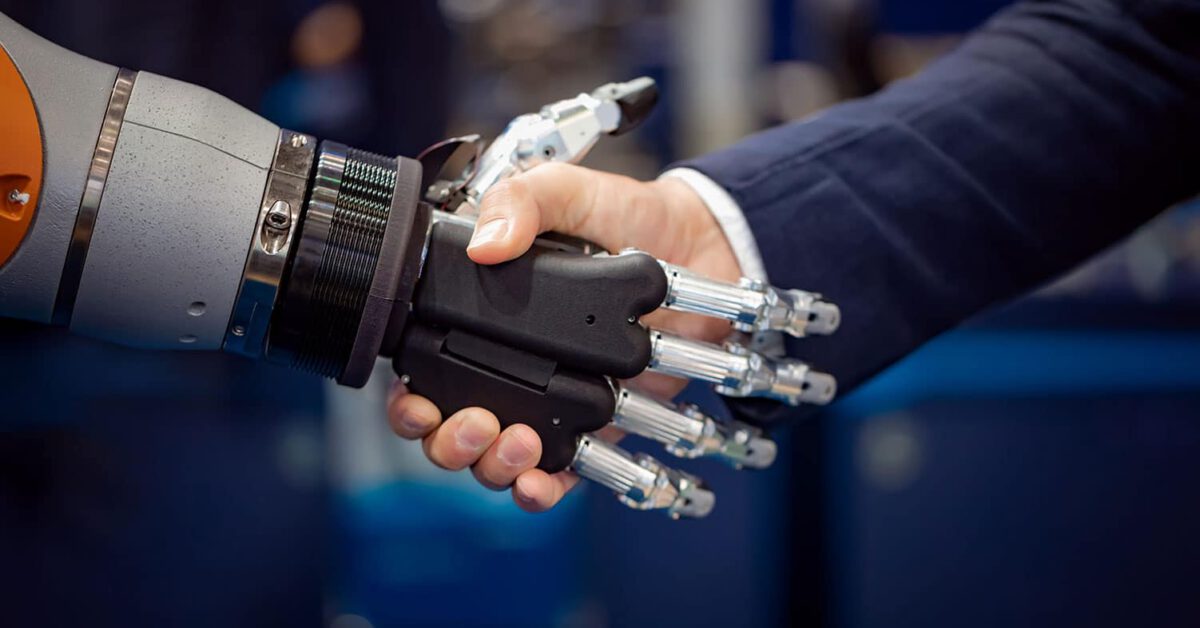
When designing the future state of service parts pricing, there’s a series of advanced pricing methodologies available. But, as OEMs mature in each level of price method, more information will be required of them. From deeper business intelligence, to higher skillsets within the workforce and more, OEMs need to have a realistic understanding of what approach works best with the resources they have at hand – or determine what resources they may need to acquire to get them there.
That’s where the nuance of art and science of pricing comes into play. When it comes to service parts pricing, there’s a mix of both behavioral studies, also known as the “art,” and mathematical logistics, which is referred to as the “science.” And, a healthy mixture of art and science in a mature pricing organization needs to exist.
The Art and Science of Pricing
Academics typically refer to pricing through two different lenses. The first is the behavioral lens, which refers to the natural, human way of doing things. Simply put: social and behavioral studies are not linear, which can be difficult to translate into an economic formula. These studies are more case study-based, meaning researchers are required to go out into the world, see how things are done and try to understand the behavioral science around pricing. The results from that kind of research are takeaways like, “People respond positively to prices that are $3.99 as opposed to $4.00.” It’s non-mathematical logic on how we, as people, react to pricing.
The second lens is a more analytical approach – one where pricers try to establish a scientific cause and effect relationship. Take an inventory management solution, for example – there are demand and service stock levels that are very mathematical and operationally-focused. But, intelligent price management solutions can incorporate the science behind these demand patterns and elasticity to logically analyze pricing scenarios.
But, despite these differences, there’s a time and place for for both. Operating a service pricing model is primarily driven by behavioral studies on how different organizations manage pricing, even when there are still areas where more mathematical, elasticity calculations might apply. There’s always going to be a side of pricing that relies on logic and algorithms, but it’s about how organizations use those algorithms artistically in tandem with behavioral rules like regionality, seasonality and customer behavior that allows pricers to intelligently manipulate those algorithms and logic for the best pricing methodologies. By blending automation with personalization, an intelligent pricing solution isn’t just a machine making sweeping choices, but intelligent pricers using the art of pricing to the organizations advantage.
Leveraging Technology to Blend the Two
When it comes to spare part pricing, the art of pricing can be very important. Any given OEM has a large number of spare parts – but, to be successful, they need a customized way of defining a logical structure like logical segmentation. This can come from things like market insights and customer behavior, allowing the OEM to creatively build their pricing model on reliable data. And, with the number of parts an OEM can have in stock (think more than 1 million unique items) these nuances are critical to finding every last margin available.
That’s why, in order for pricers to be able to deliver on the art of pricing, they need to have a smart system in place that supports the science of pricing. Take linking data in the automotive industry for example: say an OEM has a left mirror and right mirror. Because these items are similar types, the system should understand that they should be assigned the same price, while also understanding they are slightly different parts. That’s when human intelligence (read: art) comes in during implementation to make sure that nuances like this are established from the beginning; because, simply put, the system can only be as smart as it is set up to be.
Ultimately, it’s a combination of human interaction and logical algorithms that allow for this blend to happen. That’s why, through industry-specific expertise, the right solution supports the customer in setting up the system in the best possible way, so that down the road, the logics and the algorithms that are set up in the application will blend with the pricing behaviors the OEM knows works best for their organization.
The science of pricing will always exist, automatically checking for the checking for the minimum margins and all of those things. But, it’s when you add in the human element that intelligent pricing truly becomes an art. The art of pricing lies in the person behind it who knows the industry, knows the value attributes, knows the business – and is able to leverage the science to streamline the process efficiently and effectively.
–
Interested in learning more about how to start your journey toward a better pricing process for your organization? Reach out to us today to speak to an expert about how you can get started with an intelligent pricing solution that meets the needs of your business today and will evolve with you into the future.